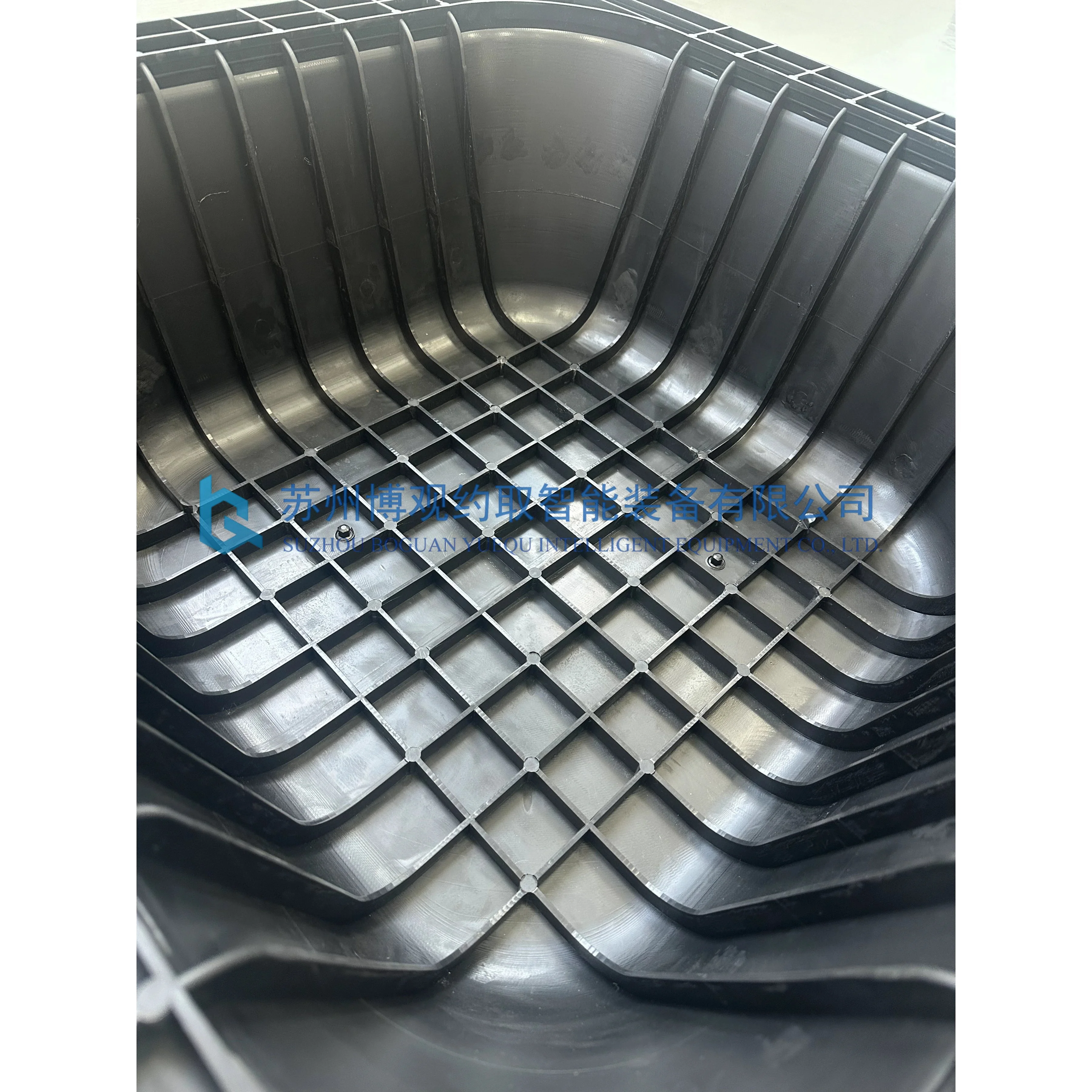The Ultimate Guide to Laying Outdoor Tiles: Foundations for a Lasting Surface
When it comes to enhancing outdoor spaces, the choice of flooring can significantly impact both aesthetics and functionality. Outdoor tiles are a popular option due to their durability, variety, and ease of maintenance. However, the success of your outdoor tiling project largely depends on the foundation you lay them on. In this comprehensive guide, we will explore the various substrates and techniques for laying outdoor tiles, ensuring a long-lasting and visually appealing surface.
Understanding the Importance of a Proper Base
Before diving into the specifics of what to lay outdoor tiles on, it’s essential to understand why a solid foundation is crucial. The base not only supports the tiles but also influences their longevity, stability, and resistance to environmental factors. A poorly constructed base can lead to issues such as cracking, shifting, and water pooling, which can compromise the integrity of your outdoor space.
Common Substrates for Outdoor Tiles
- Concrete Slab
- Description: A concrete slab is one of the most common substrates for outdoor tiles. It provides a solid, stable surface that can withstand heavy foot traffic and various weather conditions.
- Preparation: Ensure the slab is clean, dry, and free from cracks. Any imperfections should be repaired with a suitable concrete patching compound. Additionally, consider applying a waterproofing membrane to prevent moisture from seeping through.
- Pavers
- Description: If you’re working with pavers, they can serve as an excellent base for outdoor tiles. Pavers are typically made from concrete or clay and can provide a level surface when installed correctly.
- Preparation: Ensure the pavers are tightly fitted and level. A layer of sand can be used to fill in gaps and create a smooth surface for tile installation.
- Gravel Base
- Description: A gravel base is ideal for areas with good drainage. It allows water to flow through, reducing the risk of pooling and potential damage to the tiles.
- Preparation: Lay a minimum of 4 inches of compacted gravel, ensuring it is level. A geotextile fabric can be placed underneath to prevent weed growth and maintain stability.
- Wood Decking
- Description: For those with wooden decks, outdoor tiles can be laid directly on the surface, provided the decking is in good condition.
- Preparation: Inspect the wood for rot or damage. If the surface is uneven, consider using a self-leveling compound to create a smooth base for the tiles.
Techniques for Laying Outdoor Tiles
Once you’ve selected the appropriate substrate, the next step is to lay the tiles correctly. Here are some techniques to ensure a successful installation:
- Dry Lay Method
- Before adhering the tiles, perform a dry lay to visualize the layout and make necessary adjustments. This method allows you to see how the tiles fit together and helps avoid awkward cuts.
- Adhesive Selection
- Choose a high-quality, flexible adhesive specifically designed for outdoor use. This is crucial for accommodating temperature fluctuations and moisture exposure.
- Grouting
- After the tiles are set, apply grout to fill the joints. Select a grout that is suitable for outdoor use, ensuring it is resistant to mold and mildew. Consider using a sanded grout for wider joints, as it provides better durability.
- Sealing
- Depending on the type of tile used, sealing may be necessary to protect against stains and moisture. Always follow the manufacturer’s recommendations for sealing products.
Maintenance Tips for Outdoor Tiles
To prolong the life of your outdoor tiles, regular maintenance is essential. Here are some practical tips:
- Regular Cleaning: Sweep away debris and use a mild detergent for deeper cleaning. Avoid harsh chemicals that can damage the tiles.
- Inspect for Damage: Periodically check for cracks or loose tiles and address any issues promptly to prevent further damage.
- Reapply Sealant: Depending on the type of tile and exposure to the elements, reapply sealant every few years to maintain protection.
Conclusion
Laying outdoor tiles is an excellent way to enhance your outdoor living space, but it requires careful consideration of the substrate and installation techniques. By selecting the right base and following best practices, you can create a durable, beautiful surface that withstands the test of time. Whether you choose a concrete slab, pavers, gravel, or wood decking, the foundation you lay your outdoor tiles on will ultimately determine the success of your project. With proper planning and maintenance, your outdoor tiles can provide a stunning and functional space for years to come.

